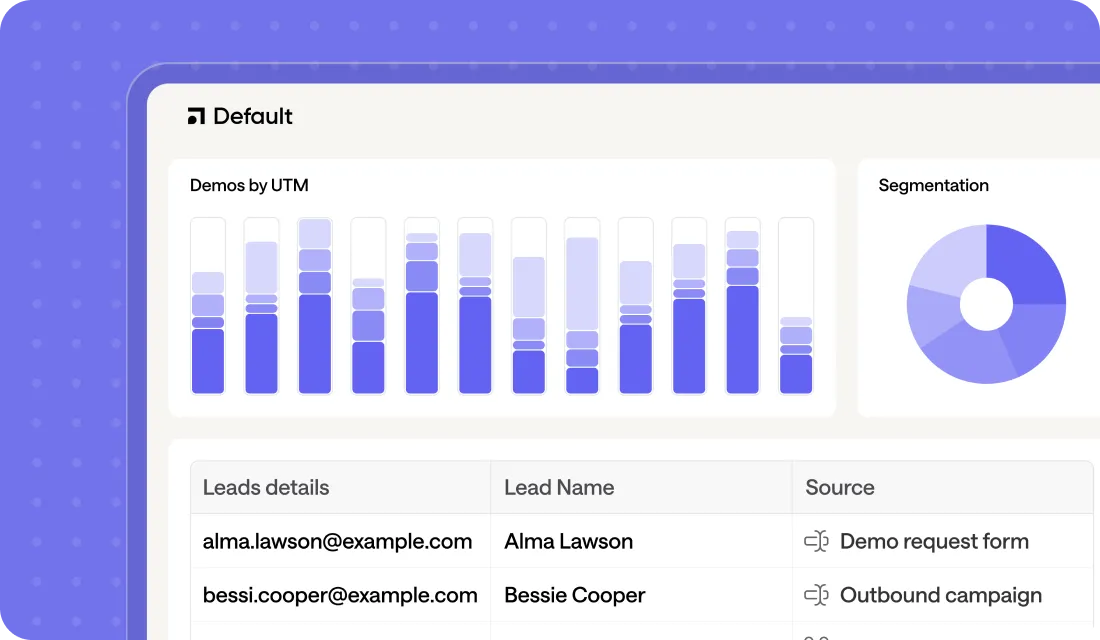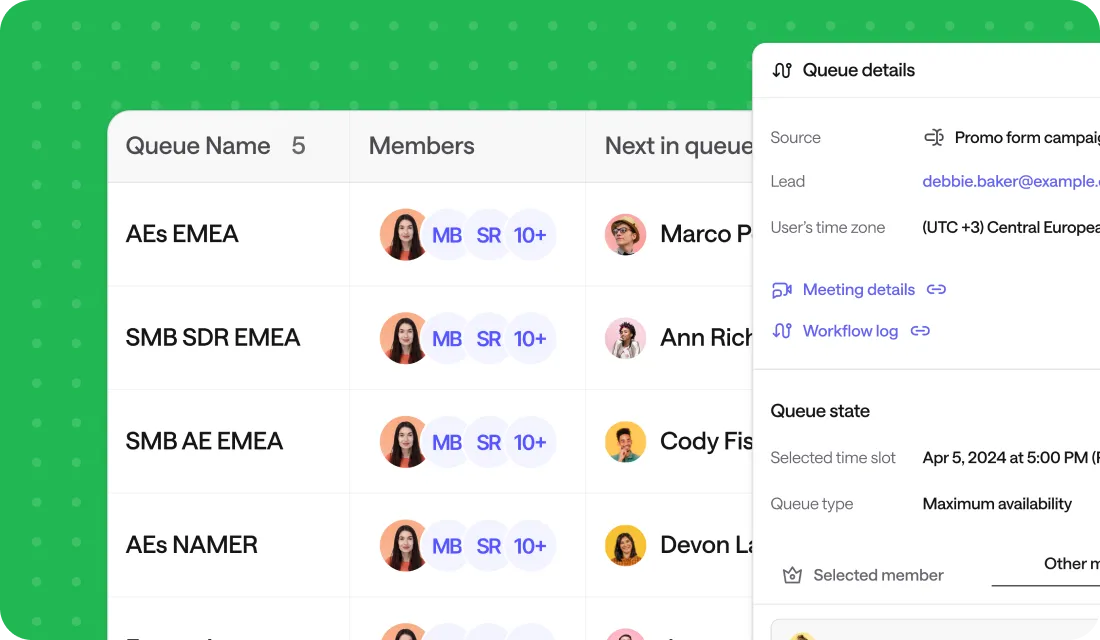About
Rootly is a modern, AI-powered on-call and incident management solution that allows enterprises to automate and consolidate their incident response process under one roof.



Try Default
See how revenue teams automate revenue operations with Default.
Challenge
When a new marketing leader joined Rootly, the team needed to quickly implement technology to scale their marketing efforts. Liza Dukhova, RevOps Manager at Rootly, took charge of managing inbound operations.
Their process relied on a complex web of tools: HubSpot forms, Chili Piper scheduling, Salesforce workflows, and numerous Zapier automations. As marketing channels expanded, managing revenue operations became increasingly difficult. More than 5% of leads were misrouted or lost when parts of this cobbled-together workflow failed.
Each demo request followed a convoluted path: it started in HubSpot, moved to Chili Piper for rep routing based on Salesforce data, and then — after a successful booking — another workflow attempted to sync data between the CRMs and create a Salesforce opportunity. This worked in theory, but reality proved messier.
The RevOps team found themselves constantly switching between Salesforce, HubSpot, and Chili Piper — troubleshooting even simple issues required checking multiple systems. With vendors pointing fingers at each other and the team spending full days on troubleshooting, they needed a new solution that could natively support both Salesforce and HubSpot.
{{testimonial-1}}
Solution
Use case #1: Automate inbound scheduling
Within weeks of implementing their first workflow, the Rootly team achieved higher inbound conversions and reduced lead drop-off. The team recovered most qualified leads through Default's "meeting not booked" automations when prospects didn't schedule after form submission.
By implementing Default's inbound scheduling and lead follow-up system with automatic Outreach sequence enrollment, Rootly generated 10% more inbound demos within 4 weeks—all supported by the Default team via Slack.
Now, Rootly's inbound flow looks like this:
- After a form submission, Default enriches each lead
- Default then checks for records in Salesforce and HubSpot
- If a lead is unowned, Default round-robins and shows the next person's calendar
- If a lead is owned, the Account owner's calendar is displayed
- After the meeting is booked, Default sends a custom Slack alert with context from all systems
- If the meeting is not booked, Default enrolls a lead into an Outreach sequence and alerts the sales team on Slack
{{testimonial-2}}
Use case #2: Route product signups
After implementing Default, Rootly expanded its lead capture methods through content forms and free trial signups to boost pipeline generation. The RevOps team now automatically routes, enriches, and assigns product signups to specific sales representatives. This streamlined workflow has boosted Rootly's product-led pipeline by 15% within two months while enabling the team to support new marketing initiatives more quickly.
{{testimonial-3}}
Use case #3: Selective CRM sync
Unlike their previous scheduling tool that was limited to integrating with just one CRM system, Rootly found Default's workflow builder more versatile. The team created a selective CRM sync that automatically transfers marketing attribution data to Salesforce opportunities upon meeting bookings.
With Default, Rootly cut down several hours of weekly troubleshooting time and streamlined their revenue operations processes, boosting overall efficiency for both sales and marketing teams.
{{testimonial-4}}
Results
After their previous Chili Piper and Zapier workflows underperformed, Default emerged as the ideal solution for Rootly. The switch delivered impressive results: a 23% improvement in inbound conversion rates, 15% more pipeline from product-led growth, and doubled efficiency in revenue operations.
With Default, Rootly restored control over their fragmented workflows and strengthened collaboration between sales, marketing, and revenue teams.

My favorite part about Default is having everything in one place. It makes building better routing easier and is 10x more intuitive than Chili Piper.

.webp)
Sometimes, things wouldn’t work in Salesforce, which meant Zapier didn’t trigger properly—or something else would break. Small issues kept popping up, and troubleshooting was a hassle because I had to check three different systems.
.webp)
.webp)
My favorite part about Default is having everything in one place. It makes building better routing easier and is 10x more intuitive than Chili Piper.

.webp)
Default allowed us to automate a process of creating additional pipeline by routing free trials to our sales team.

.webp)
Chili Piper can only connect to either Salesforce or HubSpot—not both. With Default, we can trigger actions when a HubSpot form is filled out and seamlessly sync data with Salesforce.

Heading











.png)


























